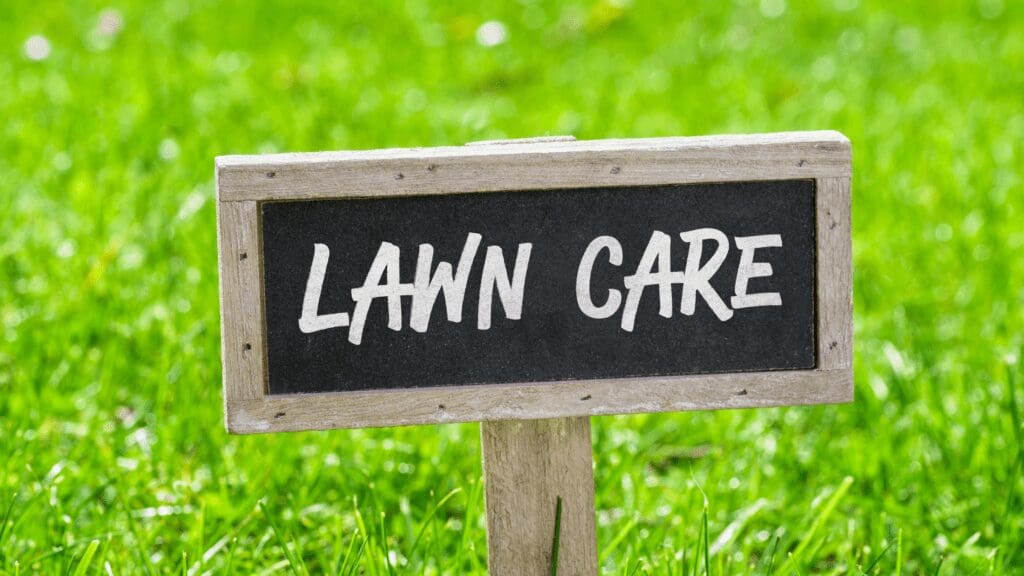Although Houston and surrounding areas have four distinct seasons temperature-wise, there are only two seasons weather-wise: the wet season and the dry season. Since too much water can be as harmful to a foundation as not enough moisture, let’s take a look at the effects each season could have on your lawn and foundation and find out what you can do to protect your home.
Lawn Care Before and During the Wet Season
Water accumulating near your foundation could contribute to structural issues that may put your entire home at risk. If the expansive clay soil around and under your foundation absorbs too much water or moisture, it could expand considerably. When this happens, the soil could push against the foundation of your home, while also moving it upwards. All this movement may lead to differential settlement, which may cause further problems, such as cracks in the foundation and walls, uneven floors, and windows and doors that no longer close properly.
If water continues to accumulate near and under your foundation, the soil may also start to erode. Soil erosion is a serious issue because it can take away some of the support your foundation needs in order to carry your home’s weight. As a result, differential settlement could occur. Furthermore, soil erosion may lead to underground voids, which can result in sinkholes. Unlike differential settlement, which tends to cause damage that is readily apparent, sinkholes aren’t visible to the naked eye. However, sinkhole activity comes along with a few signs and landscape changes that you should keep an eye out for especially if you live in a sinkhole-prone area.
If you’ve recently noticed standing water near your home, there are a few simple measures you could take this spring in order to correct the problem or, at least, prevent it from getting worse. The first thing you need to do is identify the root cause of the problem, which could be the result of poor drainage, broken sewer lines, plumbing/pool leaks, or a combination of any of these factors. To protect your property from further damage, it’s important to make all the repairs necessary and take any corrective measures required as soon as possible.
But standing water next to your home’s foundation may also result from improper grading. The term “improper grading” actually refers to “negative grading”, which basically means that your home is situated at a lower level relative to the surrounding ground. As a result, snowmelt and rainwater flow downwards and collect around your foundation.
One way to correct this issue is to regrade the landscape around your home so that water runoff will drain away from your foundation. In that case, the grading is called “positive”. Even if it’s very minimal, positive grading can help you prevent water damage to your foundation together with any structural issues that may arise from it. A French drain or a weeping tile system could also be installed to correct drainage problems.
If your lawn appears to be relatively level, which means that you can’t tell whether it’s sloping away from or towards your home, there are a few tell-tale signs that might indicate your landscape needs some work. As an example, eroded or spongy soil in your yard, dying grass and plants, slightly raised areas, and low spots where water accumulates are some basic signs that your lawn might be suffering from improper grading. By removing raised areas and filling in low spots with the right top-dressing mix, you’ll be able not only to regrade your yard for proper drainage, but also to turn your lawn into the smooth, lush landscape you’ve always wanted.
Additionally, make sure that you choose plants and grasses that can tolerate flooding as well as drought conditions. Flood- and drought-resistant plant varieties tend to last longer and grow healthier root systems, which will do a better job at keeping soil in place and maintaining proper grading.
Lawn Care During the Dry Season
When it comes to foundations, dry conditions can be as dangerous as excess water. This is particularly true in the case of expansive clay soil, which is prevalent in the Greater Houston area.
During a drought, clay soil shrinks considerably, which means that gaps could start to develop along and underneath your foundation. Due to these gaps, part of your foundation’s support might be removed. As a result, cracks, differential settlement, and other foundation problems could occur.
The easiest way to prevent foundation issues during a drought is to water your foundation regularly. As well, mulching your lawn will allow you to improve soil moisture retention around your property, which will turn weakened clay soil into a more solid, stable base for your home.
Texas’s wet and dry seasons can be tough on your Houston’s home foundation. But there are a few things you can do this spring in order to protect your home. In addition to implementing the aforementioned measures, feel free to get in touch with our experienced professionals, who have been providing Houston area homeowners with long-lasting foundation care that keeps their lawns, foundations, and homes in tip-top shape throughout the years.

